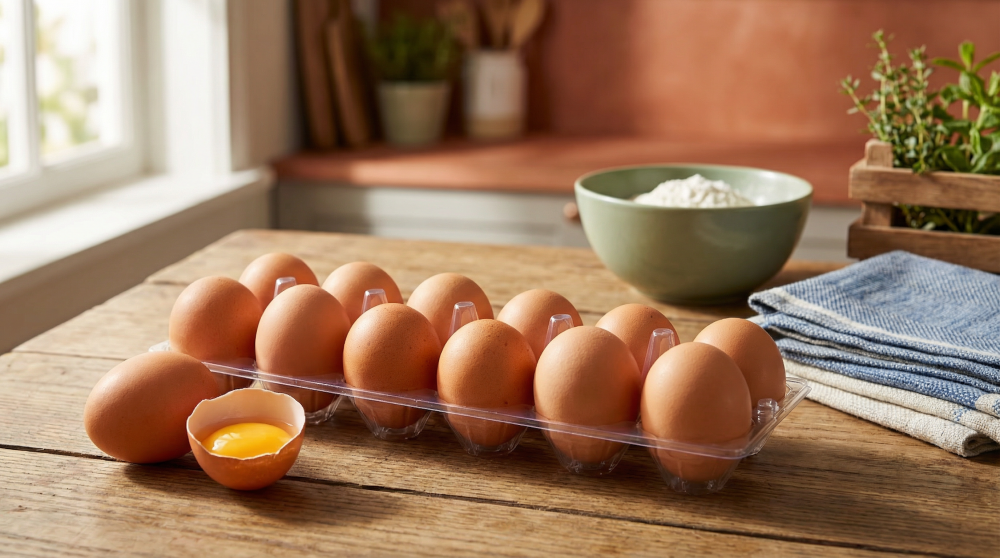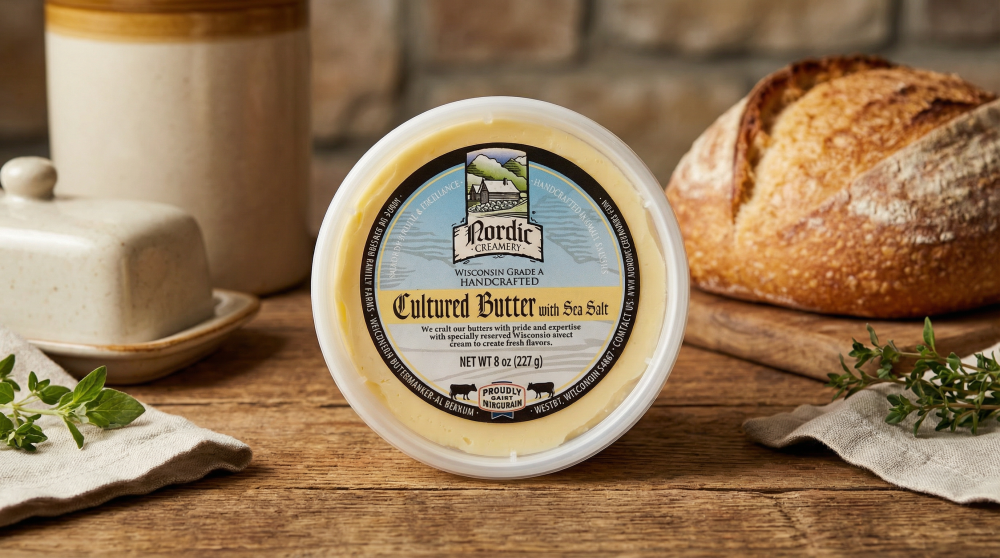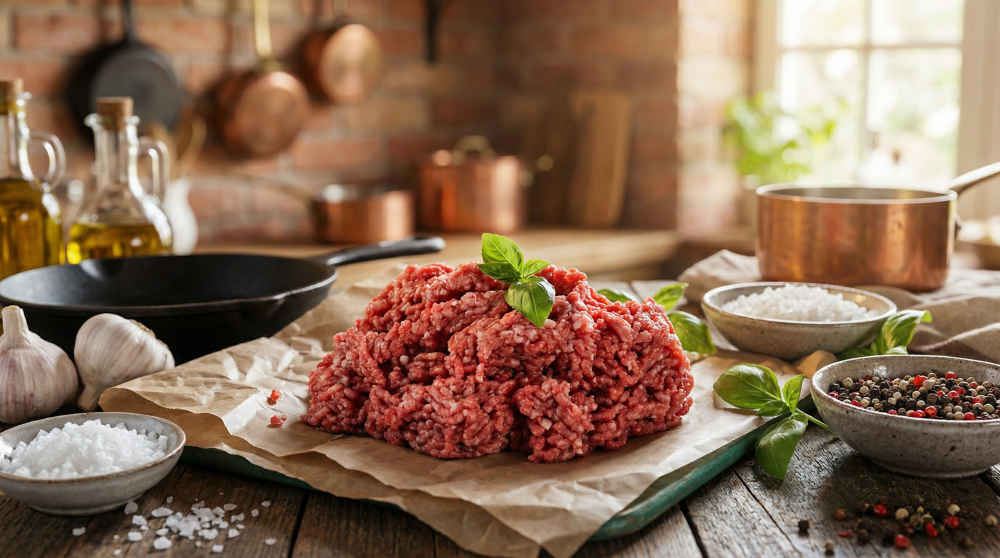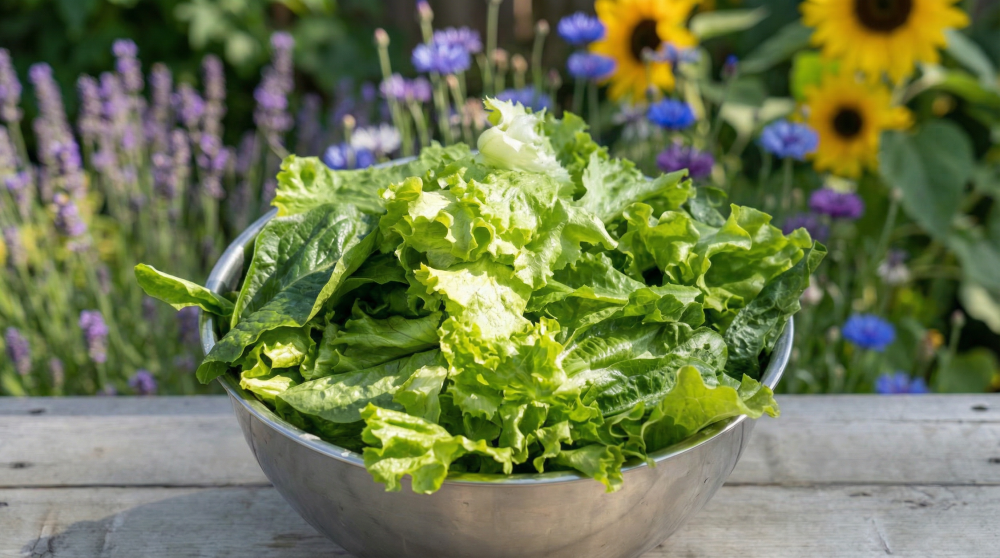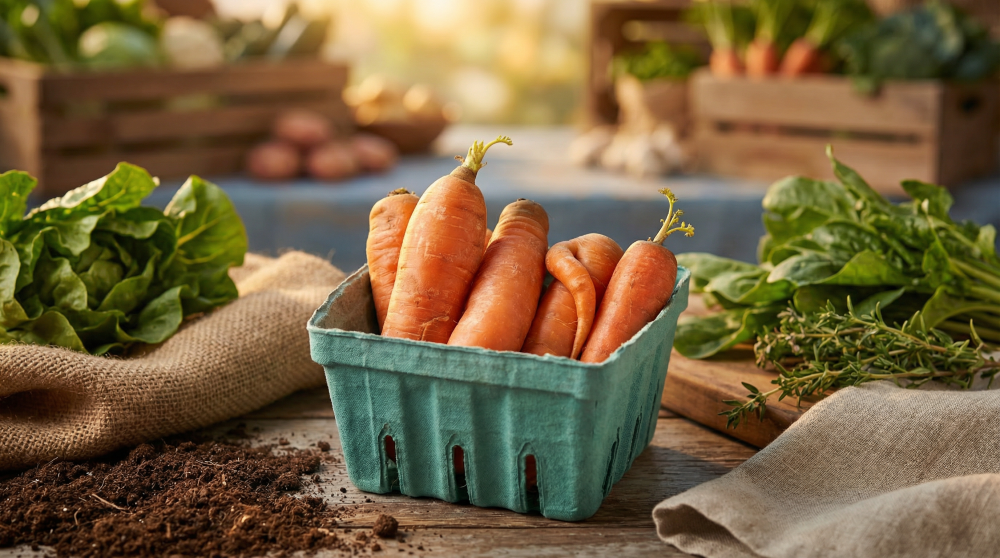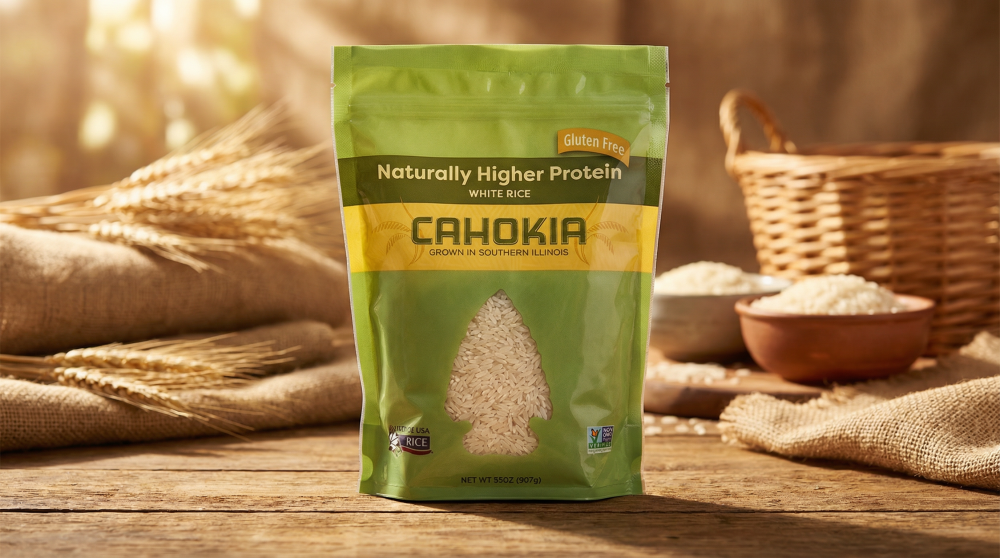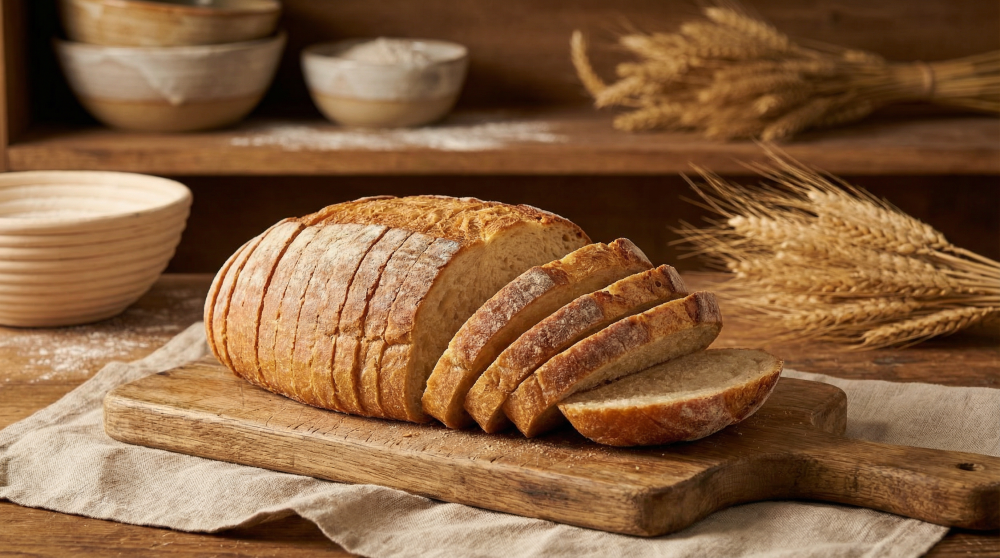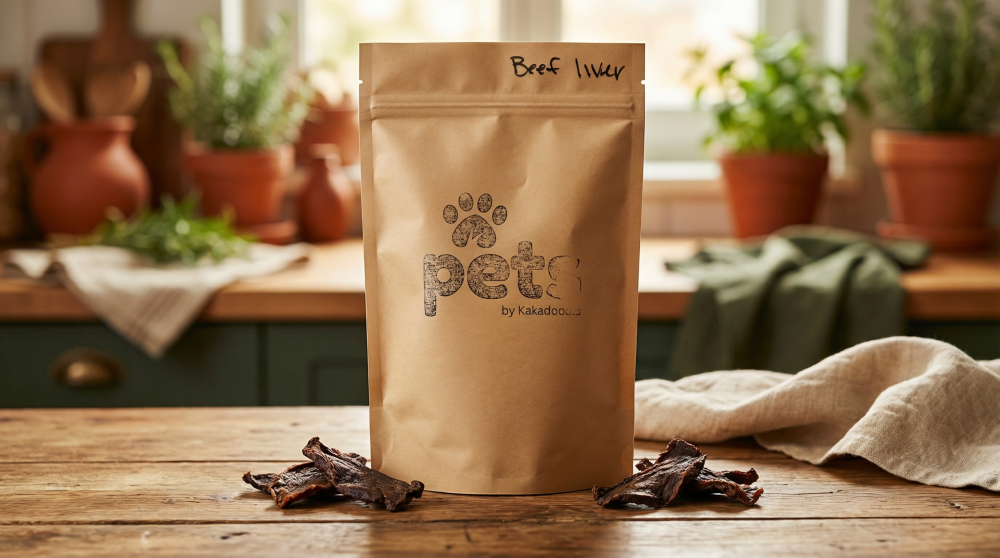article The New Local Food Consumer
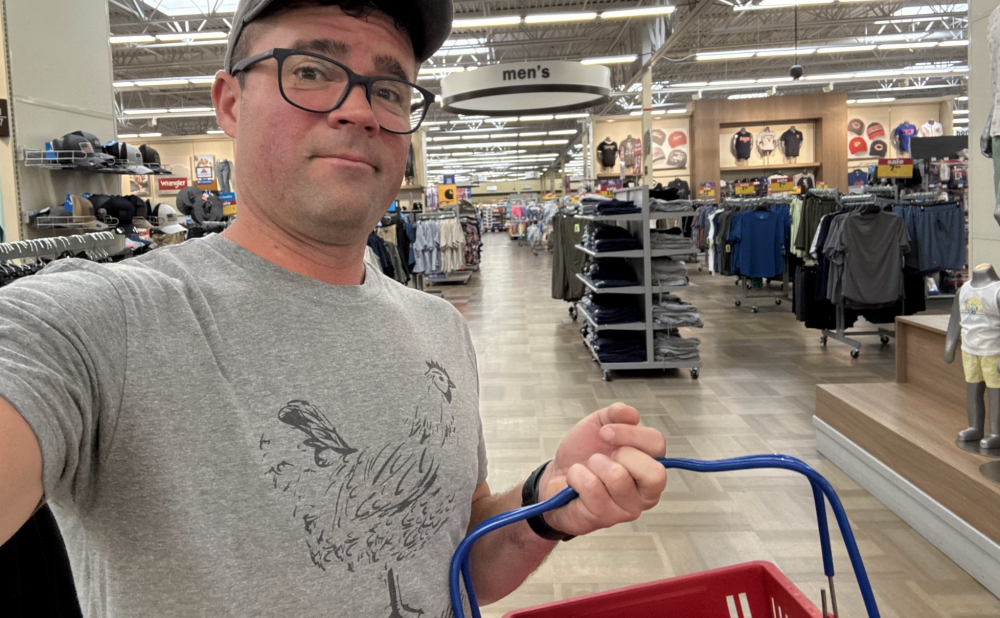
One of the things we’re most excited about at Kakadoodle is something we’re just beginning to understand: we’re attracting an entirely new kind of local food customer.
We recently sent out a survey to our customers. The results confirmed something we’ve long sensed intuitively—that most of you hadn’t bought local food before Kakadoodle. Most don’t know what a CSA is, and if you’ve been to a farmers market, it’s probably more for a weekend outing than your weekly groceries. You’re shopping at places like Jewel, Mariano’s, Whole Foods. You’re mostly moms of young families who care deeply about what you feed your family—but you’re not going to jump through hoops to get that food.
Why This Matters
Everyone’s talking about how to fix our food system—especially after empty grocery shelves during Covid and now the bird flu. The problem is clear: industrial agriculture is fragile, centralized, chemical-dependent, and disconnected from real people.
Local food is very often presented as the solution. It offers a path away from this industrial system and back to the way food was meant to be: grown by smaller farms, spread across the country, and closer to the people eating it.
Unlike industrial farms, small farms don’t need chemicals or antibiotics to grow food. They can raise it with care, in sync with nature. But when the conversation shifts to how we actually make that change, the focus often turns to institutions or government.
I personally don’t believe that’s the answer.
Real, lasting change has to come from you—the consumer. But that won’t happen if we only rely on the people already buying local food. There simply aren’t enough of them.
If we want to rebuild a better food system, we have to attract an entirely new kind of local food consumer. And if we—or someone—can figure out how to do that, everything else starts to fall into place.
That’s what excites me most about what we’re building at Kakadoodle.
The Modern Local Food Consumer
We’ve started thinking of you as the “modern local food consumer.” You’re not diving into Michael Pollan books. You’re not militantly anti-grocery-store. But you value convenience, you want to trust what you’re feeding your family, and you want to feel a sense of belonging to something bigger than just another transaction.
We’re not here to convince you to eat local food or teach you why industrial ag is broken. That’s not what draws people in. The truth is, convenience and trust come first. Belonging builds later. Education might keep someone around—but it rarely brings them through the door.
That’s not just our gut talking. Research backs it up:
- Convenience remains the #1 driver in food choice for modern consumers (82% of shoppers note that convenience drives their fresh food decisions).
- Trust is built through transparency, clear communication, and polish in both product and experience Tetra Pak Index 2021: Transparency and Trust
- Belonging emerges when values align—supporting local, being part of something meaningful, and feeling “in the loop” (ResearchGate).
So How Are We Doing It?
Farmers across the country have been asking us, How are you reaching these people?
The short answer: I have no idea.
But here's what we've done so far.... We didn’t start Kakadoodle as farmers. We started as a modern family who just wanted better food—and couldn’t find an easy way to get it. So we built what we wished existed. Our first customers weren’t CSA subscribers or co-op members. They were our friends, neighbors, and fellow parents. People like us.
And we started with just eggs. But here's the kicker... in order to purchase eggs from us you needed to go online, enter your credit card, subscribe to eggs to have them delivered to your door. You could not stop by our farm stand, and we were not at the farmers market. We wanted to prove that the consumer exists that wanted to purchase local food in that modern way, and that is the core consumer group that Kakadoodle started to grow from. Perhaps it was this nucleus of modern consumers that set us off in the right direction.
Nearly all of our customers have come from three different sources:
- Word-of-mouth: still our #1 growth channel. We incentivize referrals because they work.
- Farmers Markets: not to sell product, but to meet new people and onboard them online.
- Organic social media: real stories, real faces, real food. No frills.
One thing that has been quite elusive is using paid advertising to acquire new customers. This is what I mean when I say that I have "no idea" how we are acquiring this new modern consumer. I mean, We have used direct mail to send postcards into neighborhoods that we already deliver into. This has shown some signs of life, but by no means a slam dunk to acquire new customers. Online paid ads have fallen flat. But these were just throwing darts at the wall. No real strategy behind it. Honestly, we've been lacking the bandwidth and finances to give paid advertising a good go. And it's something I hope to figure out in the coming months.
Kakadoodle is very much a work in progress. We don’t have all the answers. But we do have a strong sense that we’re heading in the right direction. And we’ve picked up a few key insights along the way that we’re leaning into:
🥩 Packaging that builds trust
We’ve learned that modern consumers instinctively trust things that look polished and professional. It’s not about flashy branding—it’s about trust. About feeling like this food is safe to feed your family. Most farmers don’t have access to this kind of packaging, but we’re working toward it. Just look at Farmer Focus—they’ve built trust with consumers through polish and transparency, letting shoppers trace exactly which farm their food came from. They still go through traditional grocery channels. We want to be the direct-to-consumer version of Farmer Focus—bringing that same level of trust and clarity straight to your doorstep.
📸 Professional photography
Your food should look as good as it tastes. We'd like to invest in more photography that captures the story and beauty of what our farms are producing. Did you know... when Airbnb was just getting started, they began offering professional photography to their hosts—and it doubled their growth (source). Great visuals build trust, elevate the experience, and make people feel confident about what they’re getting.
📱 A Better Digital Experience
A lot of farms use platforms like Barn2Door to sell online—take Yoder-way Farm as an example. Now compare that to ButcherBox. Which one feels like a place the modern consumer would actually shop? It’s pretty obvious—but also nuanced. Small design details matter: fonts, layout, load time, and how easy it is to find what you want. That’s what we’re aiming for. We’ve got a ways to go, but we’re working toward a beautiful, intuitive farmers market in your pocket, and eventually a native mobile app—because let’s be honest, that’s where we all live.
So What’s Next?
We call it our “secret master plan,” but we’re not trying to keep it a secret: We want to prove this model works in Chicago. Then in another city. Then in dozens of cities across the country.
A blueprint for building a decentralized, resilient food system powered by consumers, not bureaucracies. Made possible by technology, design, and the emotional intelligence to meet people where they are.
We believe the new local food movement won’t be led by foodies, farmers, or policy.
It’ll be led by moms.
By families who want better, cleaner, more honest food—and are willing to pay for it if we make it easy.
And that’s exactly what we’re building.
Not perfectly. Not all at once.
But with faith and a belief that this matters.
